|
Do you often use other people's photographs as references for art? Have you ever tried using a photograph to create a drawing or painting just to find that it's actually working against you throughout the process? I usually like having reference photos or real life objects in front of me to get inspired by when creating an artwork. Even though I am not particularly interested in taking the hyperrealist route, I use photographs because they remind me of details that I may or may not choose to include in my painting (or drawing), and might otherwise forget. I have found that, at times, it is these little details in photographs that my painting was lacking in order to become great. Many artists recommend printing out the picture before starting a painting and working from it in order to ensure colors, values and proportions are true to the image. If you are going for something very realistic or simply believe it will be more comfortable for you, go ahead and print the image. I personally don’t because my style doesn't involve creating carbon copies of images I'm seeing. I'm not a slave to my reference photos. I personally don't believe in tracing because I don't feel that this practice helps exercise observational and drawing skills as much. I really recommend not doing it after you have surpassed that initial level of drawing, no matter how hard it may be at first. I view imperfections and deliberate modifications by the artist as good things. Getting back to photography, making time to take photos of the subjects you are most drawn to is incredibly important for an artist. In a previous post I talked about how sometimes it’s difficult to make time for this. I've shared links to sites that offer free quality photos that you can use to create artwork from and even sell. Read this post here: My Favorite Free Image Sites & Two Examples of References with Finished Illustrations These sites are lifesavers for us who are extremely busy and don't always have the time necessary to do an actual photo session. I don't think there is anything wrong in using photos that aren't ours in these cases, as long as we have permission to do so. I believe that using them to get daily practice in is SO much better than doing nothing at all. In my blog post When and How to Use Other People's Photos to Create Art I explain how to go about doing this safely and in a way that ensures you'll still be making as much artistic progress as possible. However, there is nothing as rewarding as creating an artwork completely from scratch. Going though the process of brainstorming and visualization, finding the actual object(s) you want to shoot, sketching out composition ideas and arriving at the photo that you will later be using to create your artwork, may be a lot of work, but it is totally worth it at the end. Best Tips for Taking Great Art Reference PhotosIt is important to know that simply taking a photo doesn't ensure that it will be able to be used for a drawing or painting. Things like resolution and lighting can make a photo extremely difficult to work with and even result in bad art. 1. Sketch ideas and visualize your final composition The more objects you are including in your photo, the more essential this step is. All great photos have a focal point and you must consider what this is going to be in your picture. Essentially, objects have to be placed in such a way that the viewer’s eyes naturally move towards the object of most importance. 2. Have balance and harmony in mind, always Keep in mind that compositions don't have to be symmetrical in order to be balanced. If you are shooting a variety of objects together, I suggest making it interesting and placing them in a way that results visually pleasing instead of in an obvious centered, symmetrical manner. If you lack a trained eye, the ever-so-popular Rule of Thirds is something that you can research. This "rule" states that, to achieve an effective visual composition, a 3x3 grid has to be visualized within it. Imagine there are two horizontal and two vertical lines dividing the picture into 9 equal rectangles (or squares). Whatever we want the focal points to be in our compositions should be placed along the intersections of these lines. The basis for this "rule" is that the human eye will naturally move toward focal areas when images are divided into thirds. Finally, do different visual elements included in your photograph (color, texture, shape, etc.) combine well to create an interesting, visually aesthetic composition? 3. Make sure you are taking high resolution photos It's very difficult to create an amazing piece of art using a blurry and pixelated photo. Though the amount of detail rendered will be entirely up to you and your particular art style, you want to have the option of adding in intricacies as needed and be able to zoom in whenever necessary. 4. Try to always use natural lighting (if you don't have special photography lights set up) Using flash makes people and objects look flat and washed out. Of course, if you have photography equipment like lighting and reflectors and you know what you are doing, go for it! I personally don't, so I try to take my photos in the morning before noon or in the afternoon when sunlight is not at its harshest so that shadows and highlights are soft and not too distracting/dramatic. In my blog post How to Take Your Own Art Reference Photos I talk about why making time to take your own art reference photos is important. I also include a video in which I take you into my studio as I do a still life photo session! 5. Think: What angle will suit this object best? Even if you already have initial ideas sketched out on paper, move around during the shoot and move your different elements around, as well. Take a lot of photos in a variety of angles and play around with perspective. It would be a shame to waste this opportunity! 6. Consider background colors Personally, I create a lot of artwork with white or very simple backgrounds, so I like preparing white backgrounds for my subjects (usually cardboard or fabric) when taking photos. This makes it easier for me to clean up the image in Photoshop so that I can concentrate on the object I am painting. However, if you are setting up an entire composition to work from, I suggest using a neutral color background that will not distract the viewer from the focal point. Or, if you are going for something colorful, think if the background color plays well with/enhances the object(s) placed upon it? Think about color combination and contrast when selecting objects. Perhaps it's time to bring out our Color Wheels? 7. Take a lot of photos and keep them organized Once you start doing your own photo shoots it's in your best interest to keep your reference photo library organized. Even if you don't end up using the photos in the next few months, you could create art or studies with them in the future. I like to name my folders according to the subject type: Portraits, Still Life, Cityscapes, Indoor Scenery, Landscapes, Animals, etc. Naming each folder with the date of the shoot could also be useful. 8. Remember, your photographs are references Don’t be afraid to remove things that you think don't add to the final composition. I have also used two or three different references in the past to create one same artwork by cutting separate elements and combining them into one image using Photoshop. You can also change colors! Play around with your photos in photo editing software and see what happens. Visualizing and modifying references gets easier the more experienced you become. 9. Decide whether you will print your photograph or work from your computer screen Experiment and see what works best for your particular process and artwork style. Neither of these is correct or incorrect. Just make sure you set yourself up for an efficient painting process by placing the photograph or computer screen at a comfortable angle and eye level. 10. You don't need a fancy camera Most phones have excellent cameras now-a-days. Just make sure you have your brightness and resolution to the max. Also, clean your lens before you start. And, remember, always avoid using flash. Flash is the worst.
.
Here are a couple of good pictures I ended up with that I will definitely be using to create some paintings. Try not to get too hungry! Have you started building your own art reference library? How often do you create artwork using your own original reference pictures compared to how ofter you use pictures taken by others? I'd love to know in the comments section below.
61 Comments
Jeremy
6/18/2020 04:21:59 pm
How do you print out these image? Do you recommend a printer w printer paper or actual photos?
Reply
6/22/2020 07:20:12 pm
Hi, Jeremy!
Reply
3/14/2023 07:58:06 am
Hi, John! 8/26/2021 03:34:49 am
This information has been very helpful thanks for sharing this post.
Reply
10/17/2021 01:22:28 pm
Hey, there!
Reply
9/14/2021 08:52:52 am
There are many blogs on the Internet. But I can definitely say that your blog is amazing. It has all the qualities a perfect blog should have.
Reply
10/17/2021 01:23:03 pm
Hey, there!
Reply
9/24/2021 06:39:09 am
Thanks for sharing such an informative post. An article like this really helps a lot to the audience like me since you have defined every information in order to understand easily.
Reply
10/17/2021 01:23:38 pm
Hi, Olivia!
Reply
10/12/2021 02:56:18 am
I love taking photos and I love art a lot. Thank you for the blog :D
Reply
10/17/2021 01:24:35 pm
Hi, Michael!
Reply
11/4/2021 07:06:04 pm
Hey, Adam!
Reply
1/12/2022 03:53:55 pm
Hi, John!
Reply
1/12/2022 03:54:30 pm
Hi!
Reply
1/12/2022 03:55:36 pm
Hey, there!
Reply
1/11/2022 01:58:08 am
This information has been very helpful, thanks for sharing this post
Reply
1/12/2022 03:56:55 pm
Hi, Stephen!
Reply
2/22/2022 09:48:50 am
Hey, John!
Reply
2/28/2022 01:23:43 am
Very much appreciated. Thank you for this excellent article. Keep posting!
Reply
3/1/2022 10:35:07 am
Hey, there!
Reply
3/6/2022 09:55:19 pm
All photos look very attractive, but I am also interested in art. It is especially useful for those students who are completing their degrees in Fine Art
Reply
3/9/2022 10:19:29 am
Hi, there!
Reply
3/29/2022 03:23:59 am
I would like to add one more tip which is If it's sunny outside, utilize two exposures: one for sunshine and one for shadow. By pushing and holding the shutter release midway, you can lock the exposure on most automated small cameras. Before finishing the press, point to a shadow region, press halfway, and travel to the chosen scene. Alternatively, utilize photo-editing software to bring out detail in both the shadows and the highlights.
Reply
7/27/2022 12:42:37 pm
Hey, there!
Reply
4/5/2022 04:52:29 pm
I appreciate what you said about making sure you keep the color accurate. That makes sense that it would be distorted by computer screens. I'll have to consider making sure I adjust the gradient.
Reply
4/12/2022 09:01:34 am
Hey, there!
Reply
4/28/2022 02:48:10 am
Hey! Thanks for this great post! It's very helpful and interesting! Have a nice day!
Reply
6/14/2022 09:27:56 am
Hey, Steven!
Reply
6/11/2022 11:36:02 am
Very useful for me, as it contains lot of information.
Reply
6/14/2022 09:28:27 am
Hey, there!
Reply
6/13/2022 05:36:05 am
I thoroughly enjoyed reading it in my lunch time. Will surely come and visit this blog more often. Thanks for sharing.
Reply
6/14/2022 09:29:05 am
Hi, there!
Reply
7/27/2022 12:43:13 pm
Hey, there!
Reply
8/16/2022 01:13:51 pm
1. Make sure you have plenty of light. Natural light is best, but you can also use artificial light.
Reply
8/19/2022 10:33:48 am
Thanks for reading and leaving your valuable comment!
Reply
12/27/2022 09:37:32 pm
I think I found what I needed, thanks for the post
Reply
1/3/2023 01:05:24 pm
Though the amount of detail rendered will be entirely up to you and your particular art style, you want to have the option of adding in intricacies as needed and be able to zoom in whenever necessary. Thank you for the beautiful post!
Reply
1/12/2023 03:48:20 pm
Thanks so much for reading!
Reply
2/2/2023 10:37:21 pm
I agree 100% I kind of slipped away from taking photos of the subjects I am drawn to and noticed how much my joy had slipped away. Thank you so much for this article! I loved it.
Reply
2/15/2023 09:11:28 am
Hi, Jennifer!
Reply
2/14/2023 08:42:38 pm
Hi, Thank you for sharing this article. It is very useful for me and very easy to understand. It was very Knowledgeable. Good Job.
Reply
2/15/2023 09:12:00 am
Hi, there!
Reply
robbers alice
2/15/2023 11:39:55 am
I didn’t have any expectations concerning that title, but the more I was astonished. The author did a great job. I spent a few minutes reading and checking the facts. Everything is very clear and understandable. I like posts that fill in your knowledge gaps. This one is of the sort.
Reply
3/10/2023 01:43:05 am
Taking your own art reference photos can be a great way to capture inspiration for your art pieces. It's important to keep in mind the lighting, angle, and type of photo you want to take. Here are a few steps to help you get started:
Reply
10/24/2023 04:25:09 pm
Glad you're finding it helpful.
Reply
10/24/2023 04:25:51 pm
Hey, there!
Reply
10/24/2023 04:26:35 pm
Hello,
Reply
7/18/2024 01:58:35 am
terrific article. I appreciated the structure and the various pcs of information
Reply
Leave a Reply. |
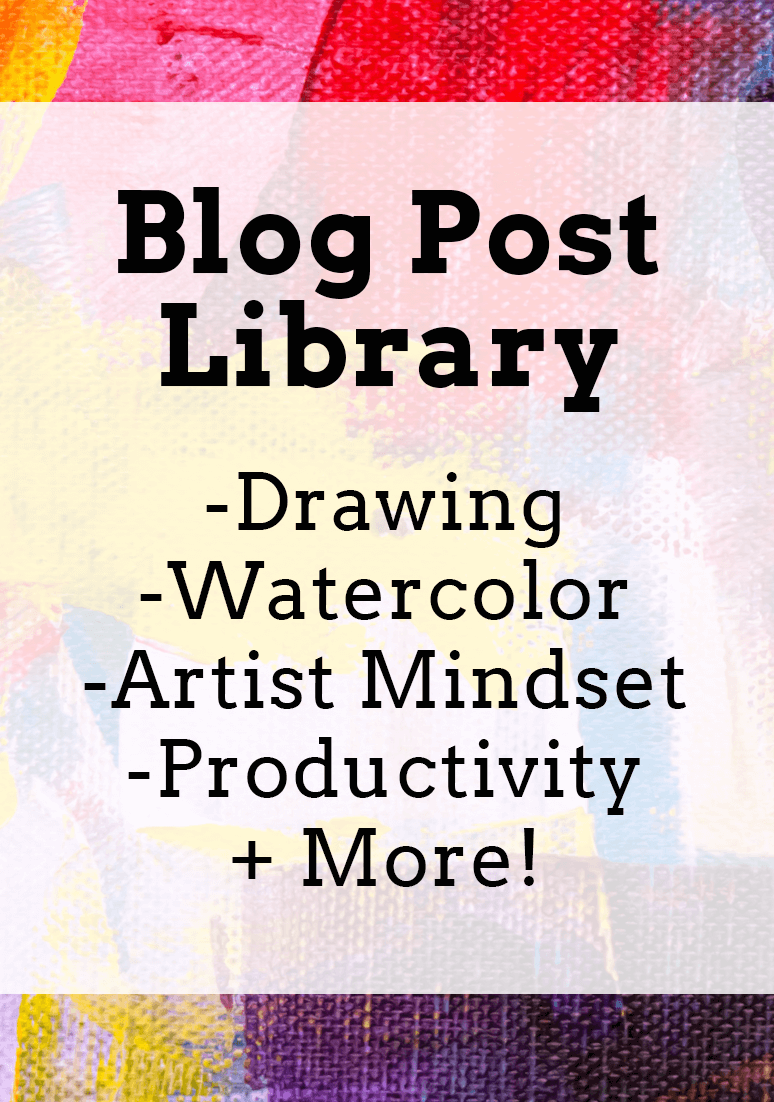
www.erikalancaster.com
is a participant in the Amazon Services LLC Associates Program, an affiliate advertising program designed to provide a means for sites to earn advertising fees by advertising and linking to amazon.com. www.erikalancaster.com is a participant in the Shareasale.com Affiliate Program, an affiliate advertising program designed to provide a means for sites to earn advertising fees by advertising and linking to Shareasale.com partner companies. |

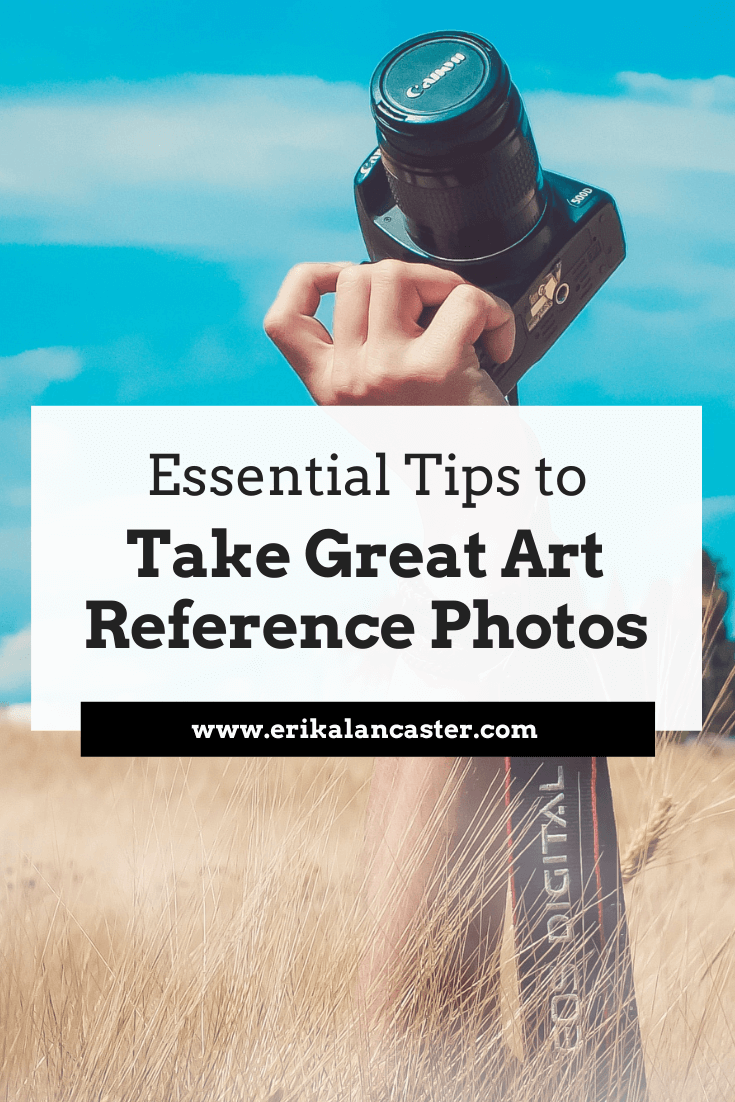
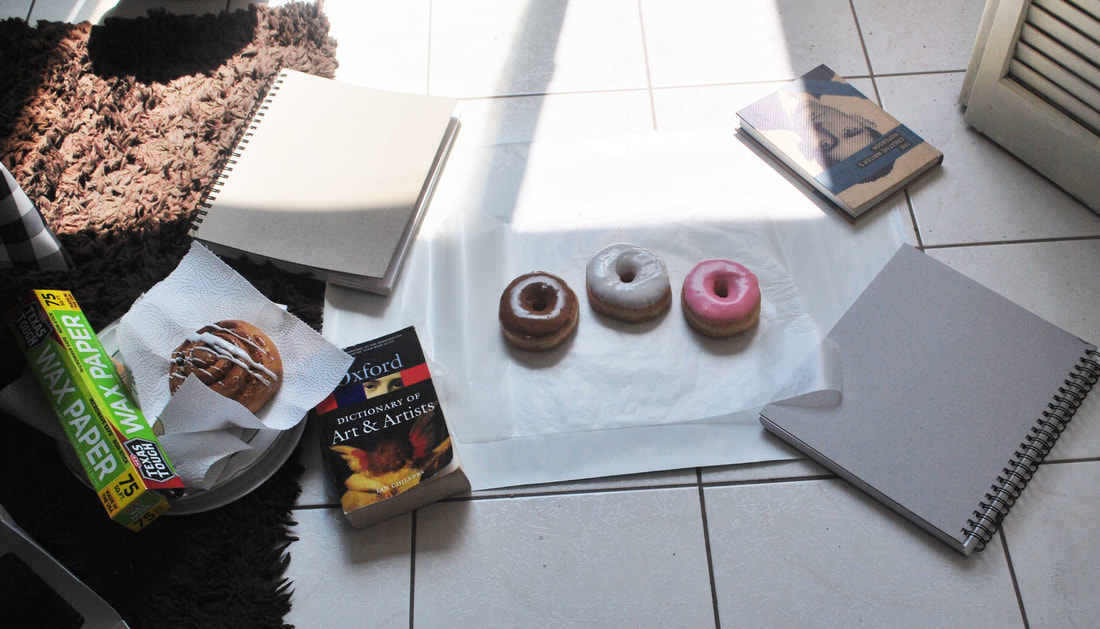
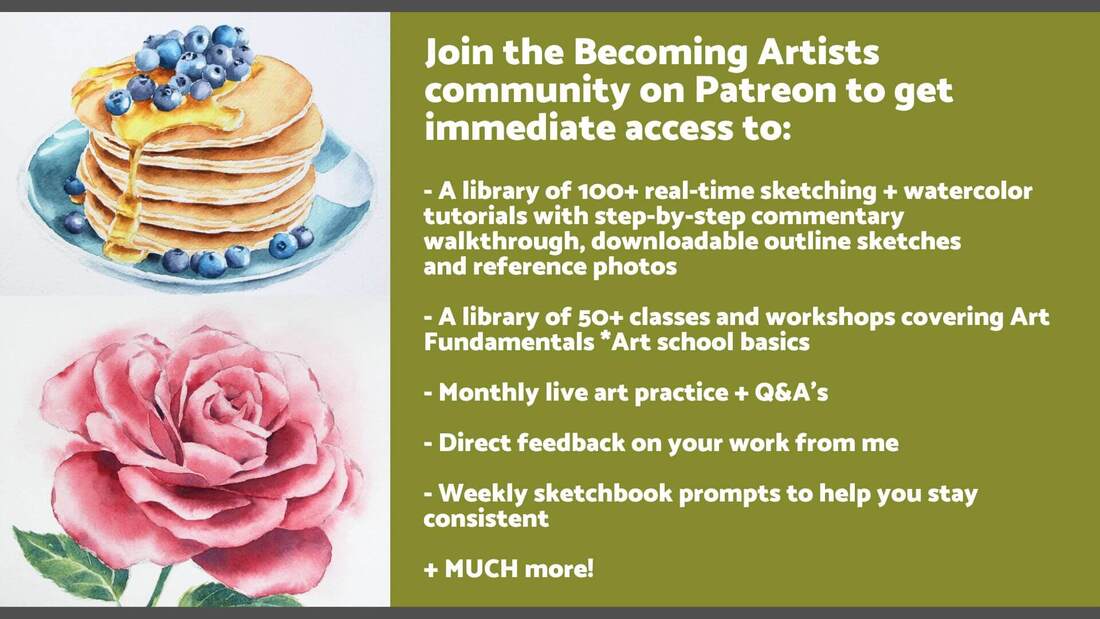
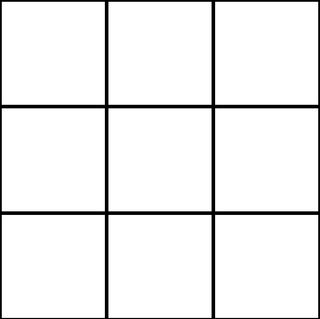
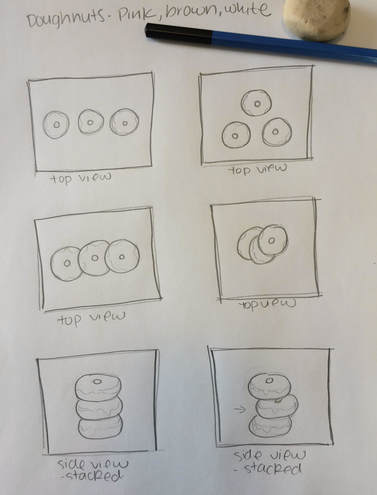
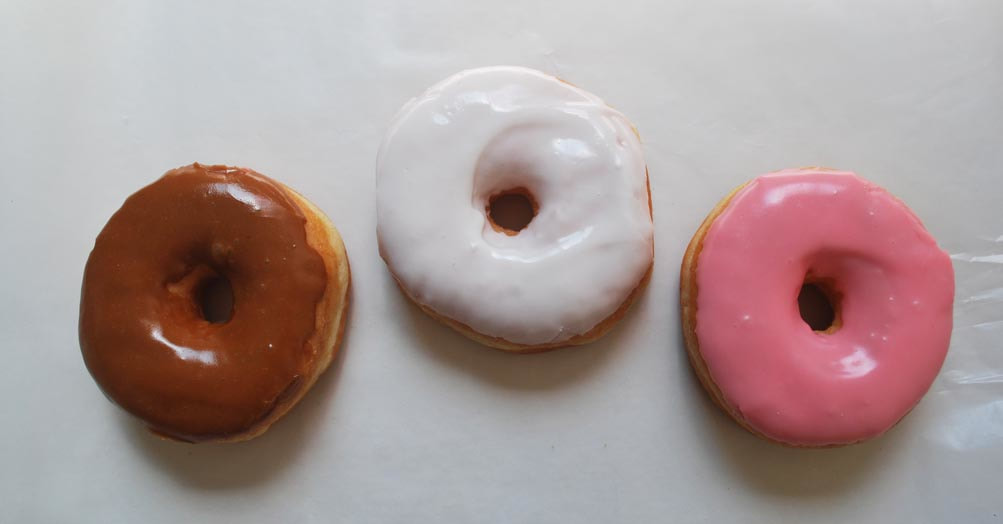
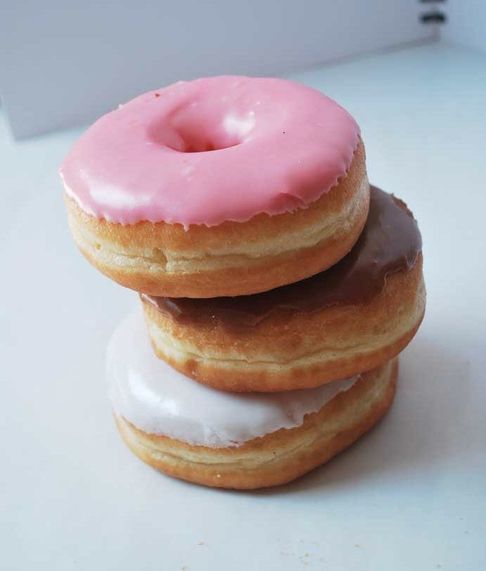
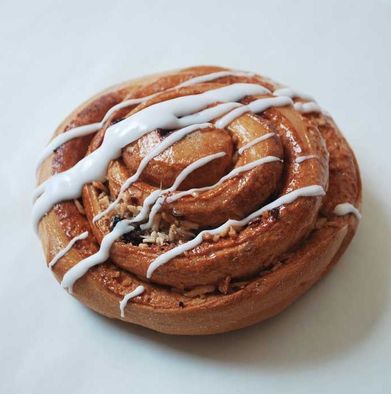
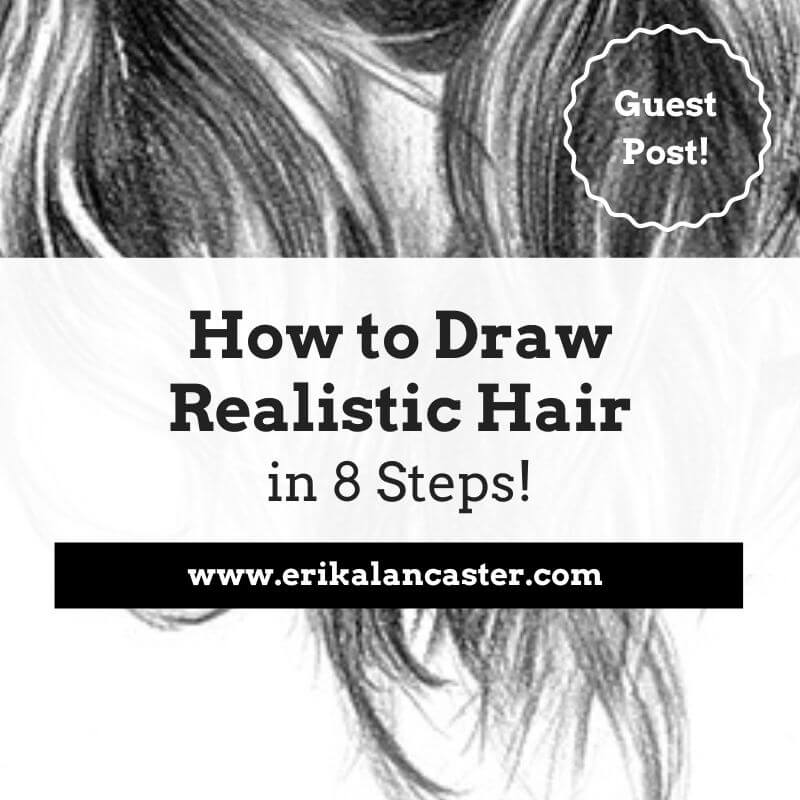
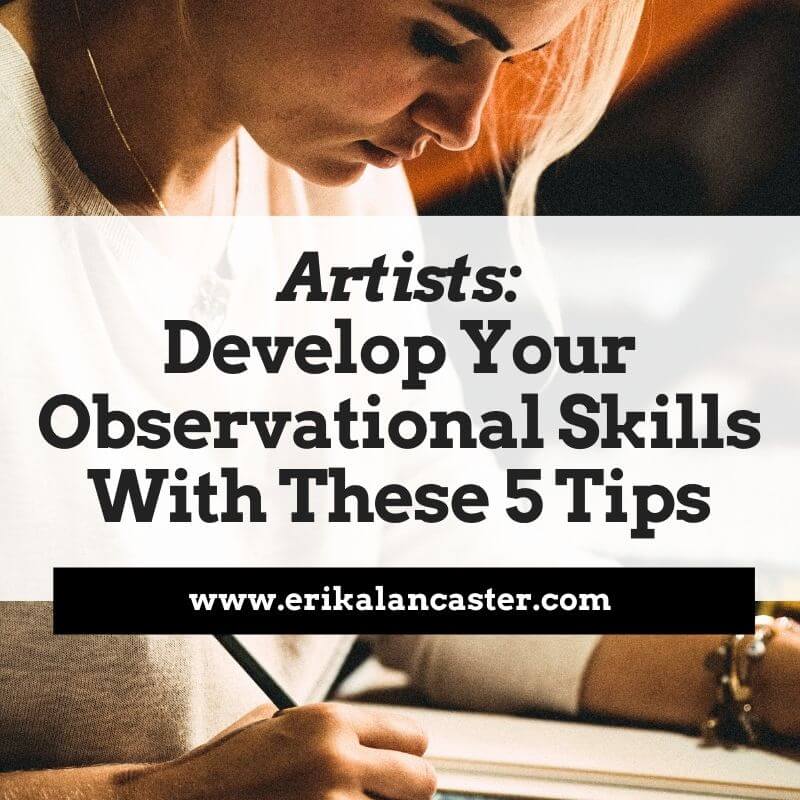


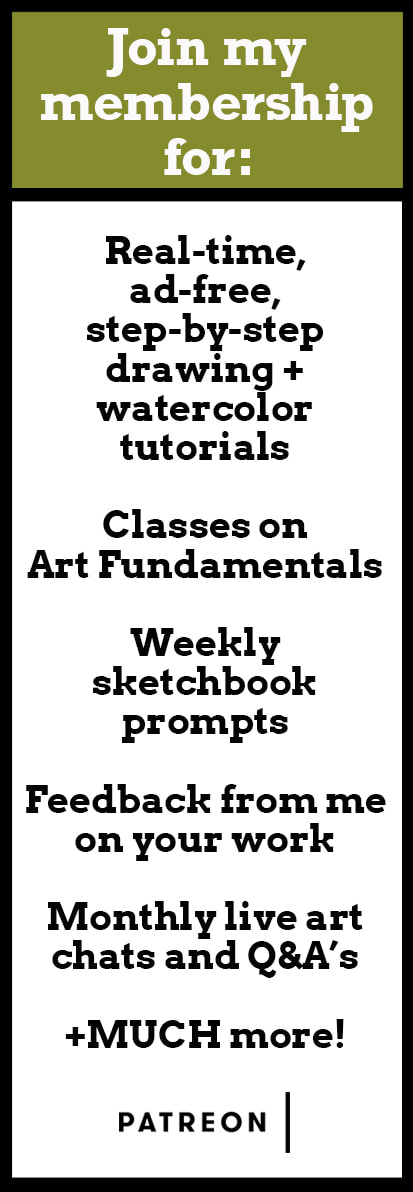
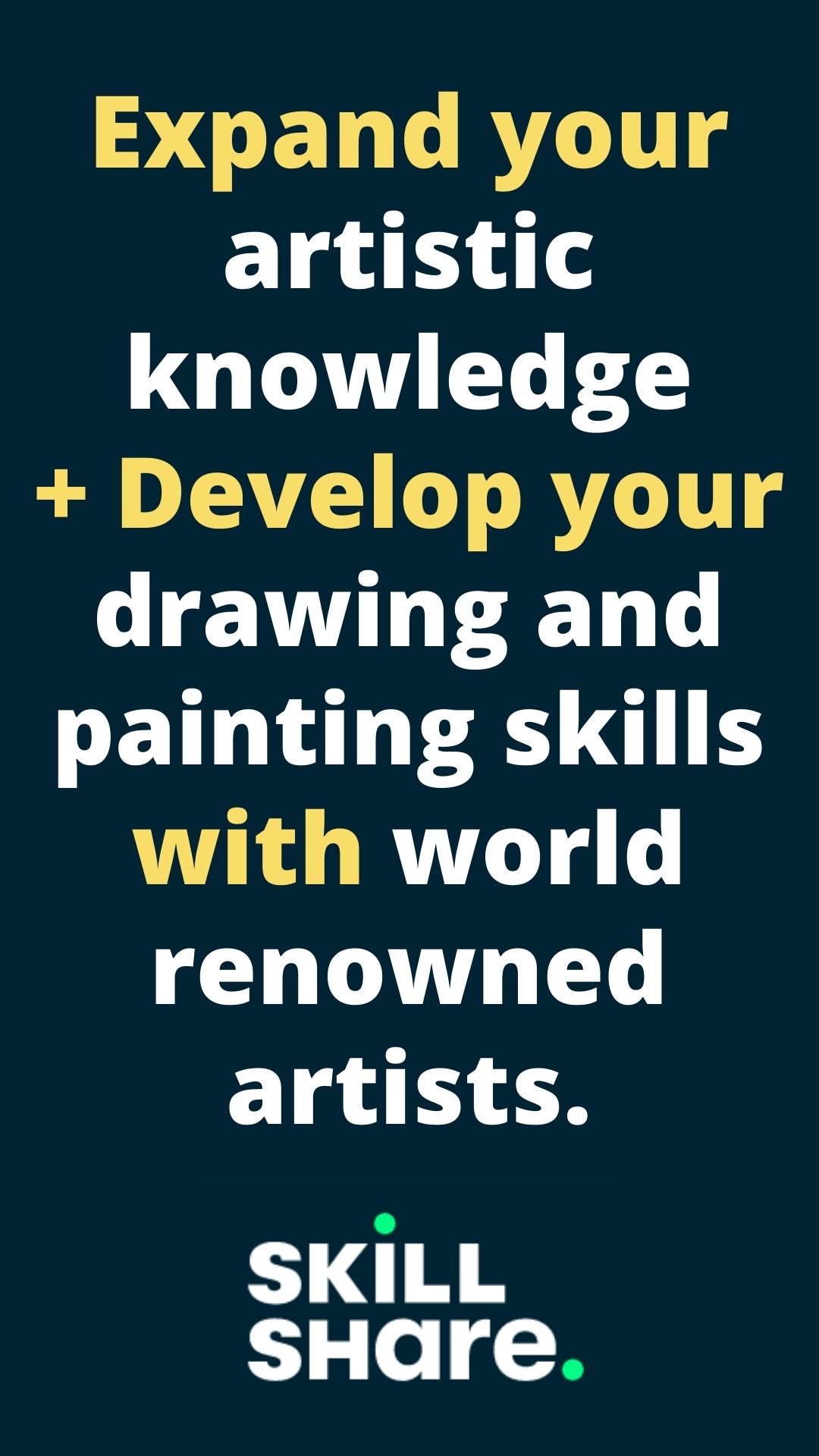

 RSS Feed
RSS Feed

